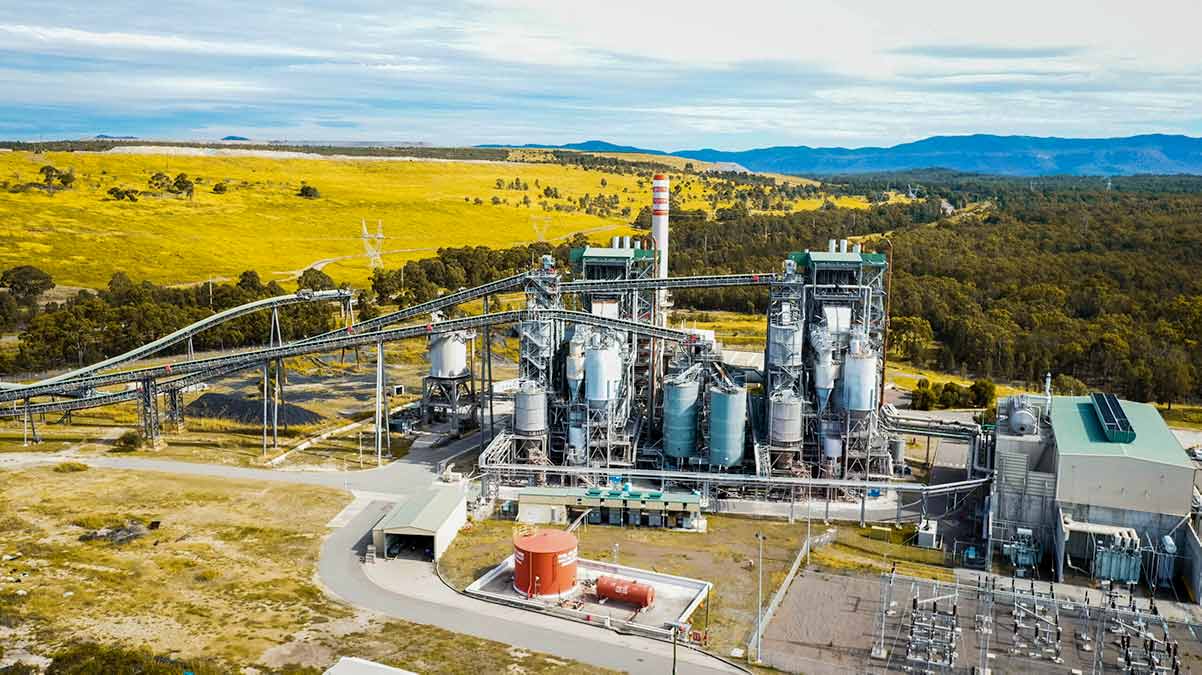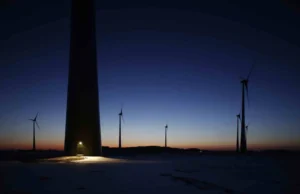New hydrogen developer Verdant Technologies is making a pitch to become one of Australia’s largest hydrogen producers after launching a $2 million pre-IPO capital raising to fund its plans to revive the closed Redbank coal fired Power Station, convert it to biomass and produce hydrogen.
Verdant Technologies will issue 12.5 million shares at 16 cents each to raise $2 million in early capital, ahead of a planned IPO. The company plans to list on a major exchange in the first half of 2021.
The funds will be used to fast-track the completion of a number of key preparatory activities, including the completion of a pre-feasibility study into its hydrogen production plans, the reconnection of the Redbank Power station to the grid and the costs of a fully-fledged IPO.
Verdant’s flagship investment is its Monarch Hydrogen Asset, which is planning to revive the 151MW Redbank Power station, located in the Hunter Valley, to produce electricity using biomass.
The company then intends to locate hydrogen production facilities at the power station, allowing them to be powered “behind the meter”, with Verdant Technologies setting itself an ambition of becoming the largest green hydrogen producer on Australia’s east coast.
The company is aiming to have first generation from the power station by the end of 2021.
The company expects to complete a bankable feasibility study on the project later this year, which will involve a $43 million spend on the hydrogen production facilities, with indicative revenues of $20 million per year with hydrogen production of 6.5 tonnes per day.
By 2028, the company hopes to be producing up to 60 tonnes per day of hydrogen.
The company said that it was targeting the massive opportunities that will be created in Australia in the hydrogen market.
“A 2020 research report by Goldman Sachs estimates green hydrogen will supply up to 25% of the world’s energy needs by 2050, which would make it a $US10 trillion market globally,” the company said in a statement.
“Australia has a competitive advantage in producing hydrogen due to the abundance of space, sunshine, biomass and wind necessary for reliable renewable power generation to power hydrogen electrolysers.”
The Redbank Power Station was initially commissioned in 2001 and was run on coal, but was closed in 2014 after the power station underperformed and had an exceptionally high emissions intensity for a comparatively young power station.
The power station was established as part of a collaboration between the CSIRO and Ecogen, and is one of the few power stations in Australia that utilises a fluidised bed reactor for combusting materials – with the power station initially designed to run on waste coal tailings.
The fluidised bed technology can be adapted to run on other sources of thermal fuel, and Verdant Technologies intends to switch the power station to running entirely on waste sources of biomass.
There have been a number of attempts to revive the power station using biomass as an alternative feedstock, including a proposal to use the power station to power cryptocurrency mining operations.
The Verdant Technologies plan would see the power station converted to operating on waste biomass – however it is currently unclear what sources of biomass the power station could draw upon.
Some local community groups have already raised fears that the power station may operate on sources of native forest wood waste.
“Claims that burning native forests is renewable energy with no net carbon emissions is a dangerous nonsense, as it is even more polluting than coal, releasing up to 50% more CO2 than coal to generate equivalent amounts of energy. Redbank will continue to be one of the most polluting power stations in Australia, releasing some 1.8 million tonnes of CO2 into the atmosphere each year,” North Coast Environment Council vice-president, Susie Russell said.
Verdant Technologies has been contacted for further comment.










